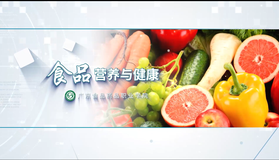-
1 教学内容
-
2 教学课件
-
3 习题
Proteins are a type of large organic molecules made up of amino acids linked together by peptide bonds. They are the building blocks of all life. Amino acids are compounds that contain both an amino group and a carboxyl group in the molecule, and they are the basic units that make up proteins.
Proteins can be classified into complete proteins, incomplete proteins, and incomplete proteins based on their nutritional characteristics.
Complete proteins are those that contain a full range of essential amino acids in the right proportions. They not only maintain human health but also promote growth and development. Examples include casein and whey protein in dairy products, and egg albumin in eggs.
Semi-complete proteins contain all essential amino acids but in improper proportions. They can sustain life but do not promote growth and development, such as wheat gluten in wheat.
Incomplete proteins lack some essential amino acids and cannot promote growth and development or sustain life. Examples include collagen, zein in corn, and legumin in beans.
Physiological functions of proteins:
1. They are the main substances that make up the cells and tissues of the body.
2. They constitute important active substances in the body.
3. Proteins help maintain the stability of the internal environment of the body and various life activities.
4. They provide energy.
Essential amino acids:
Essential amino acids (EAAs) are amino acids that the body needs but cannot synthesize on its own or cannot synthesize at a rate that meets the body's needs. They must be supplied by food. These include isoleucine, leucine, lysine, methionine, phenylalanine, threonine, tryptophan, valine, and histidine.


